Crohn's Disease Biopsy Findings
Crohn's disease biopsy findings. The most common gastric endoscopic finding in patients with CD was erythema in 59 followed by erosions in 37. Mean 20 years after diagnosis usually gross intraluminal lesion 20 in. Renal biopsy is essential to clarify these two diseases with different treatments because.
Biopsies from only 54 patients 15 of total contained histologic changes characteristic of Crohns disease and all but one of these were previously known to have colonic involvement. The GI doctor took 7 biopsies during the colonoscopy. The small bowel biopsy specimens were abnormal however did have several features consistent with Crohns disease.
Computed tomography CT scan. Mean 20 years after onset of Crohns usually ileum or site of active disease Often in strictures 25 in bypassed bowel loops Poorly differentiated poor prognosis Dysplasia in adjacent epithelium Colon. I have a follow-up next week for a CT scan.
Migratory polyarthritis sacroiliitis ankylosing spondylitis erythema nodosum clubbing of fingertips primary sclerosing. The diagnosis of Crohn disease requires clinicopathologic correlation Inflammation is transmural from mucosa to serosa Lymphoid aggregates present at all levels Infiltrate in some cases is more prominent in submucosa and serosa with relative sparing of muscularis propria. Your doctor may also perform tests to rule out other diseases such as ulcerative colitis diverticular disease or cancer that cause symptoms similar to those of Crohns disease.
I have a copy of the biopsy results but I am still confused when I read it. Upper gastrointestinal GI series. Your first tests will likely include laboratory tests of your blood and stool.
Your doctor may use the following tests to help diagnose Crohns disease. Your doctor may request lab tests in order to look for problems that might be linked to Crohns disease. Duodenal endoscopic findings included ulcers and erythema in 53 and 30 of patients respectively.
Biopsies of apparently normal buccal mucosa were taken from 14 patients with Crohns disease and 13 healthy controls who were matched for dental status. Benign mucosa significant change is not seen.
Mean 20 years after onset of Crohns usually ileum or site of active disease Often in strictures 25 in bypassed bowel loops Poorly differentiated poor prognosis Dysplasia in adjacent epithelium Colon.
If colon affected may have anemia. Renal biopsy is essential to clarify these two diseases with different treatments because. 20 have abrupt onset of symptoms resembling acute appendicitis or bowel perforation. Most patients had an increased number of lymphocytes around vessels in the subepithelial tissue and. Mean 20 years after diagnosis usually gross intraluminal lesion 20 in. The variability of features with time and treatment and difficult differential diagnostic problems will be discussed. Biopsies from only 54 patients 15 of total contained histologic changes characteristic of Crohns disease and all but one of these were previously known to have colonic involvement. Mean 20 years after onset of Crohns usually ileum or site of active disease Often in strictures 25 in bypassed bowel loops Poorly differentiated poor prognosis Dysplasia in adjacent epithelium Colon. There is no documentation of the pattern and severity of microscopic features of CD at initial presentation in adults or children.
If colon affected may have anemia. We found a prevalence of 34 for CD involving the upper GI tract across these 20 studies. The small bowel biopsy specimens were abnormal however did have several features consistent with Crohns disease. Per the GI doc they are about 90 sure that it is Crohns. Episodic mild diarrhea fever pain. The diagnosis of Crohn disease requires clinicopathologic correlation Inflammation is transmural from mucosa to serosa Lymphoid aggregates present at all levels Infiltrate in some cases is more prominent in submucosa and serosa with relative sparing of muscularis propria. These tests check for signs of infection inflammation internal bleeding and low levels of.
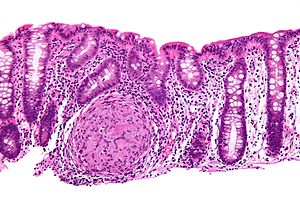
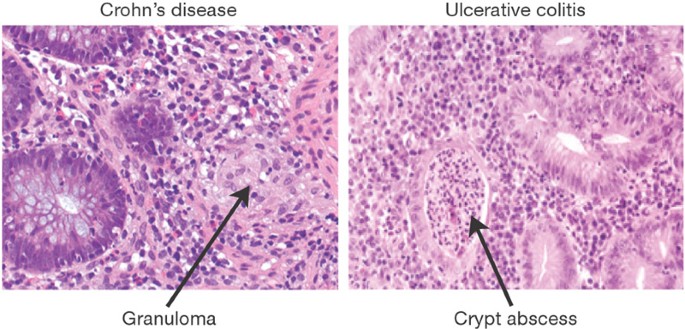

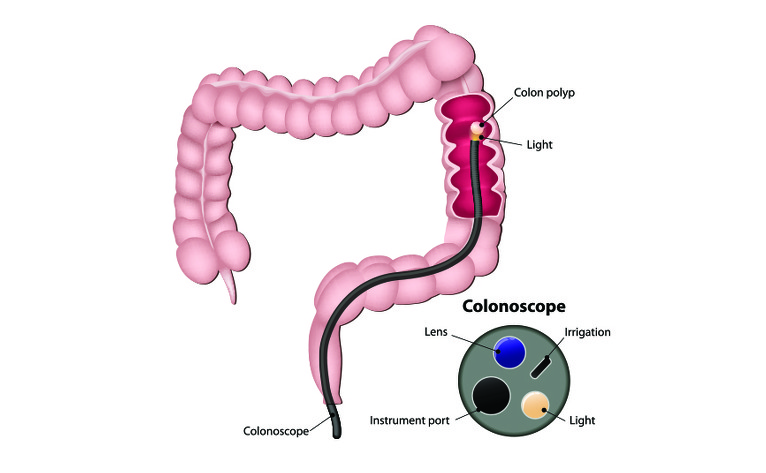

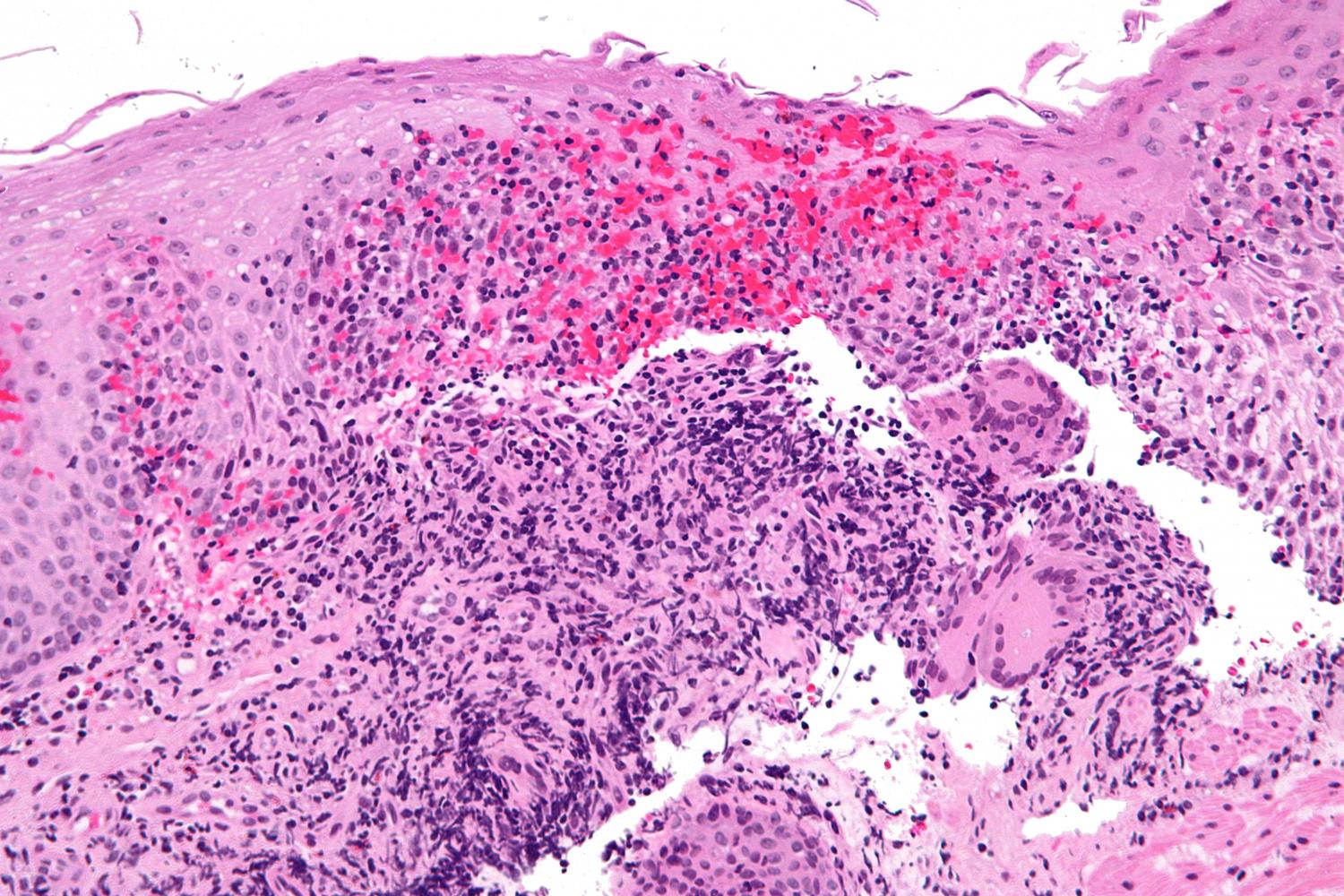



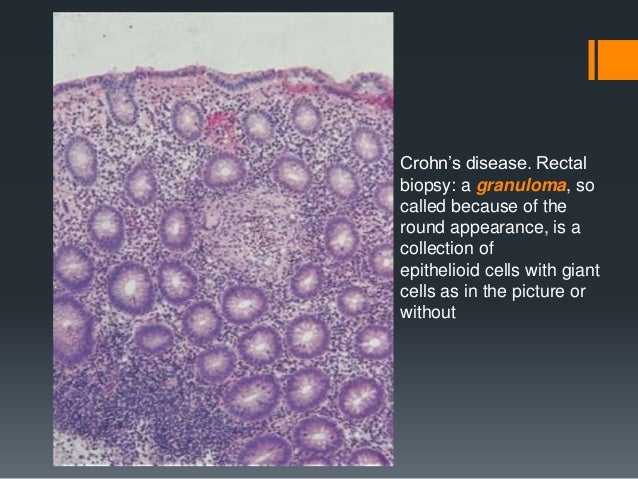



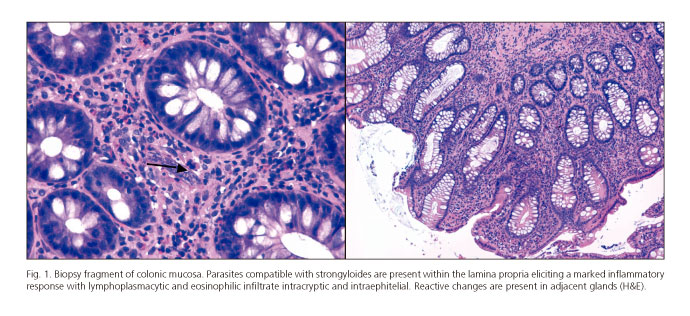

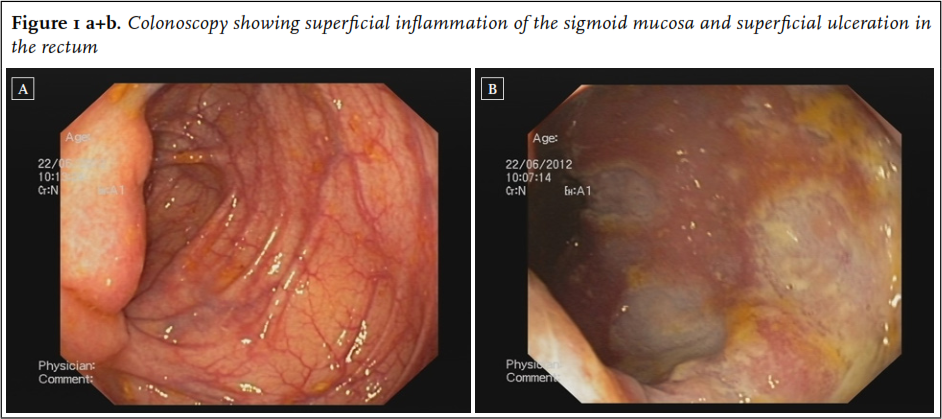
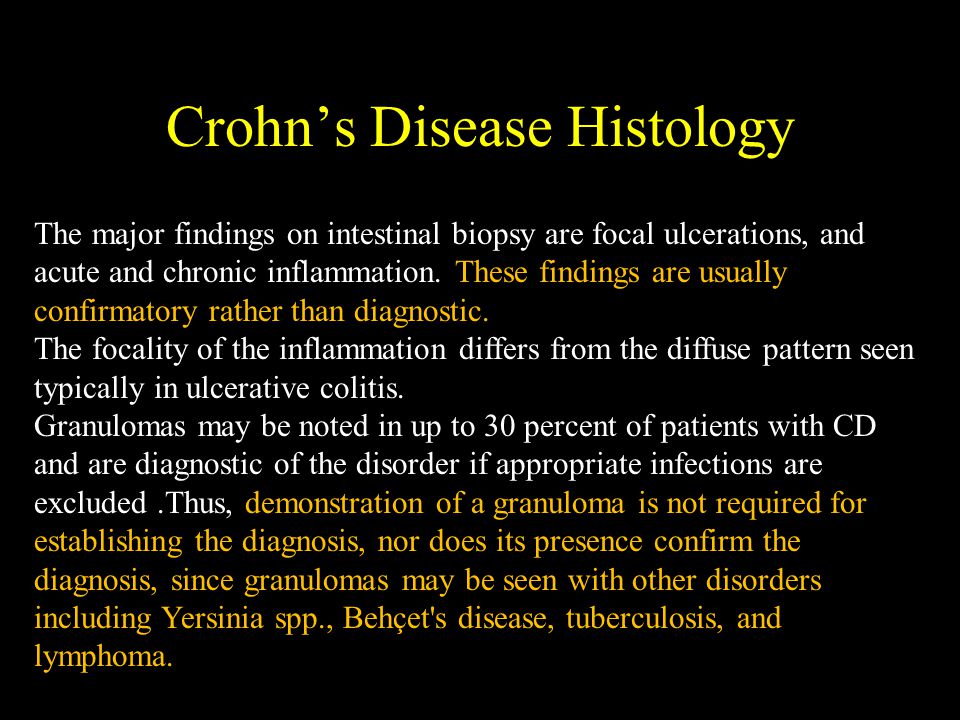

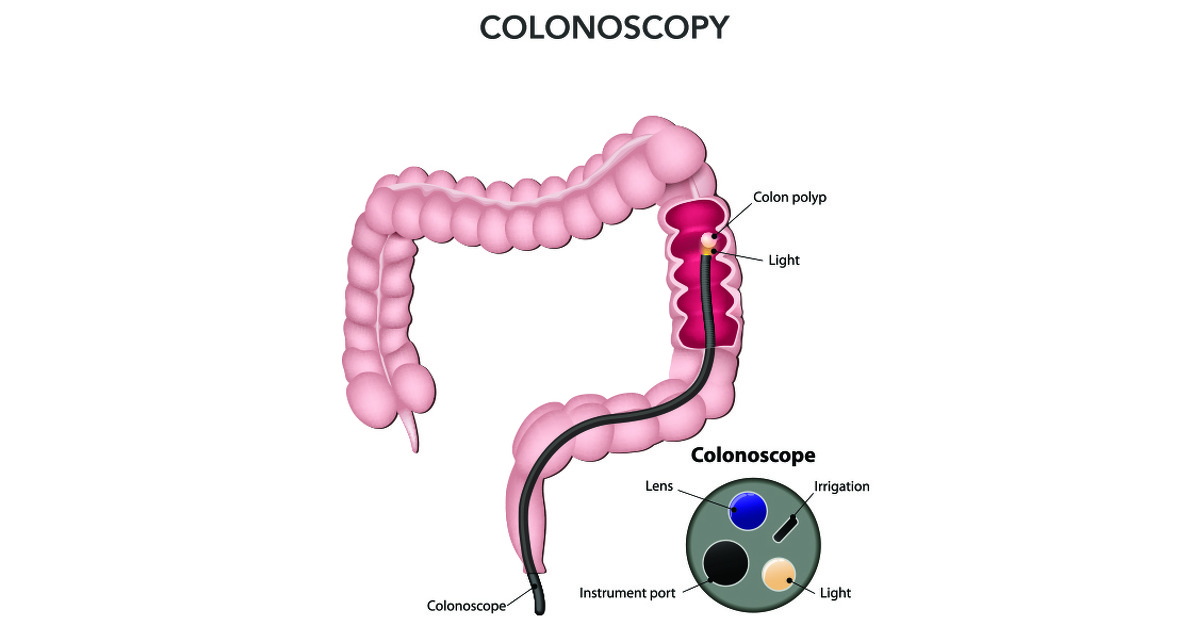


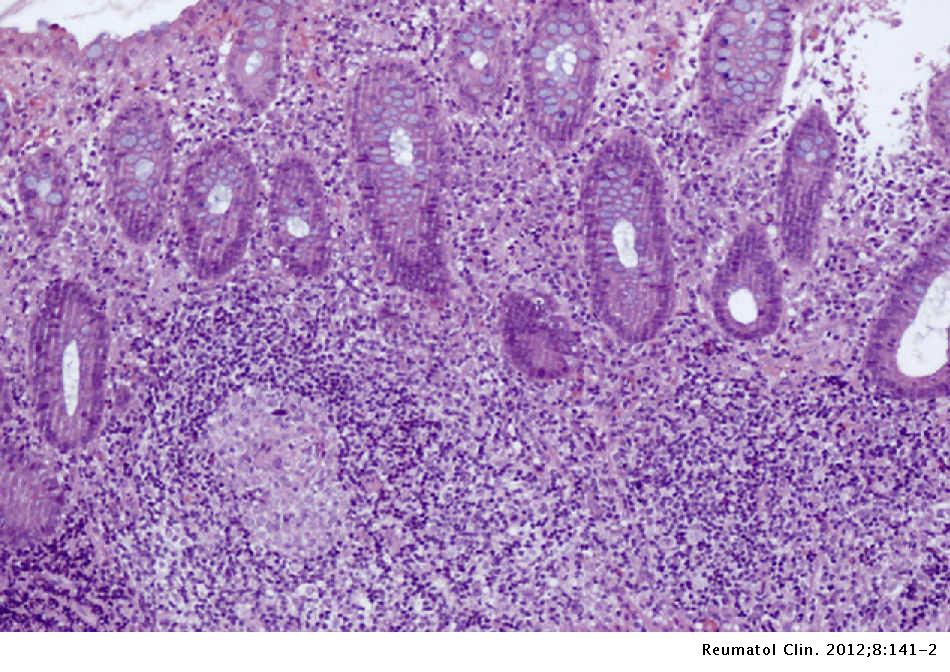
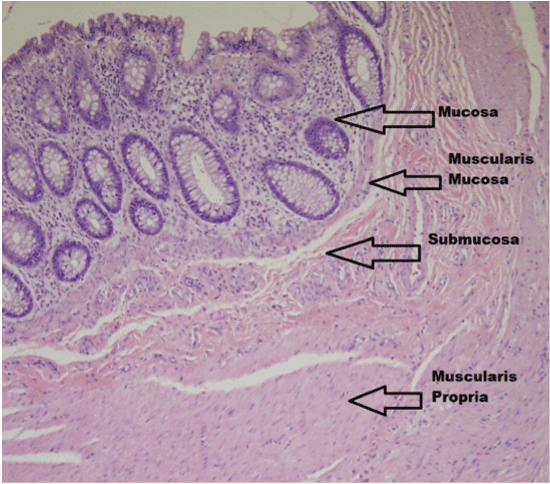



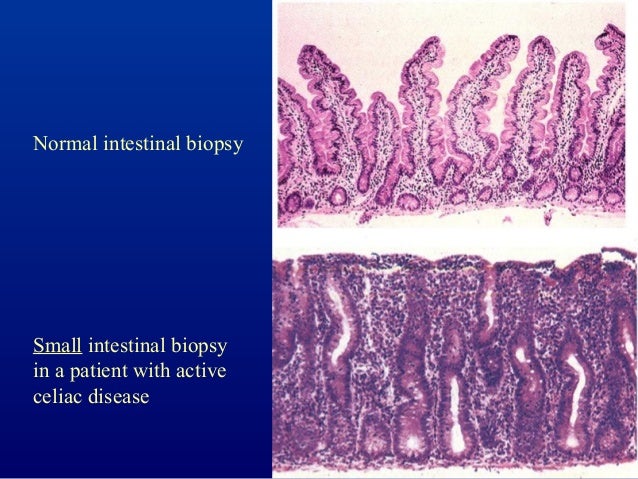
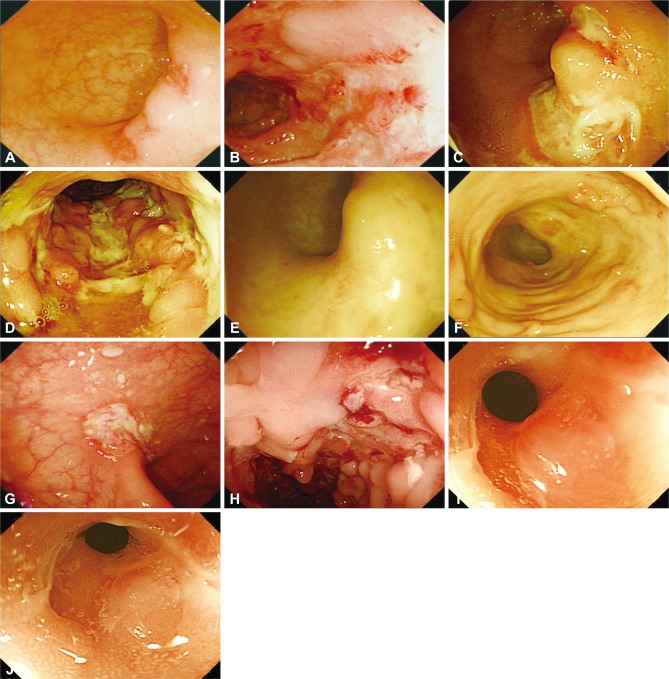


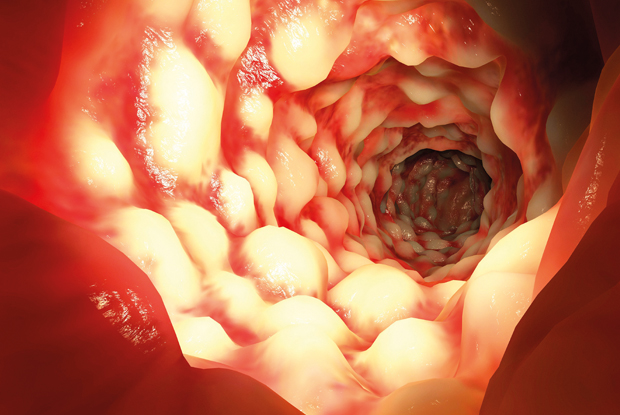

/crohns-disease-diagnosis-5aec9f49c5542e0036b9785c.png)
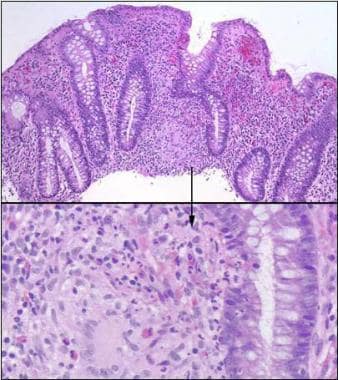



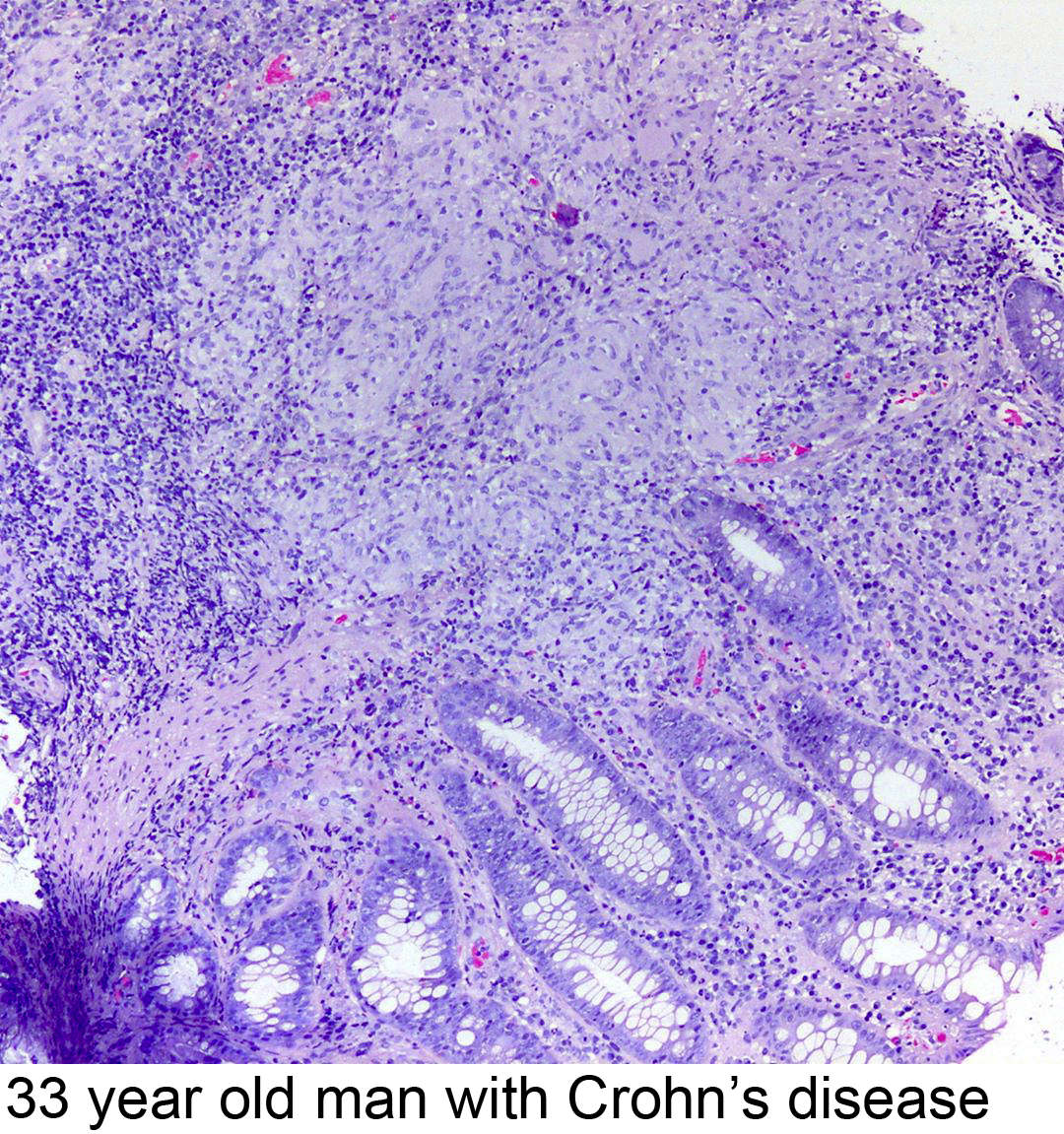

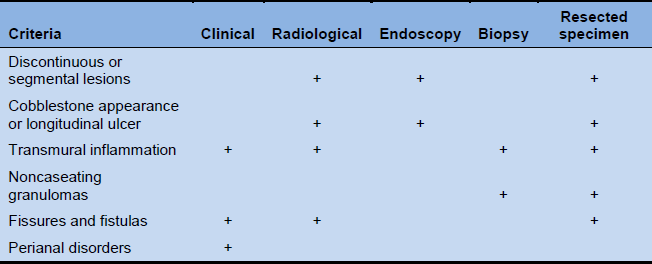
Posting Komentar untuk "Crohn's Disease Biopsy Findings"